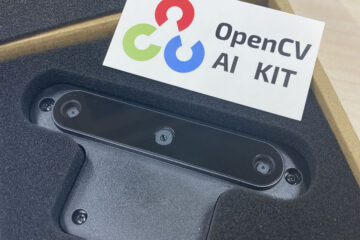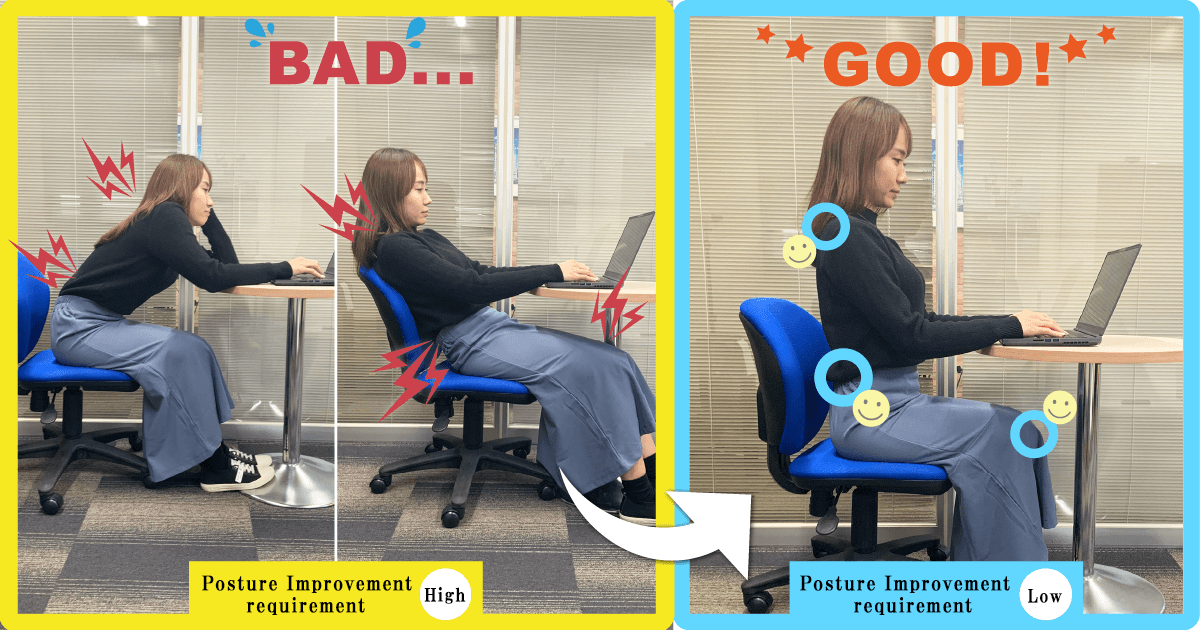
Hello everyone, it’s time for another blog post.
In our last blog, I introduced you to how VP-Ergono addresses the challenges of the Ovako Working Posture Analysis System (OWAS) method. This time, I’d like to introduce you to the newly developed VP-Ergono powered by AI that automatically evaluates posture based on the OWAS method of posture analysis.
Many of you might spend your days doing office work, sitting in a chair and staring at a computer screen for hours. However, you may have noticed that maintaining the same posture for an extended period, especially if it’s poor, can put strain on your body, such as your shoulders and lower back.
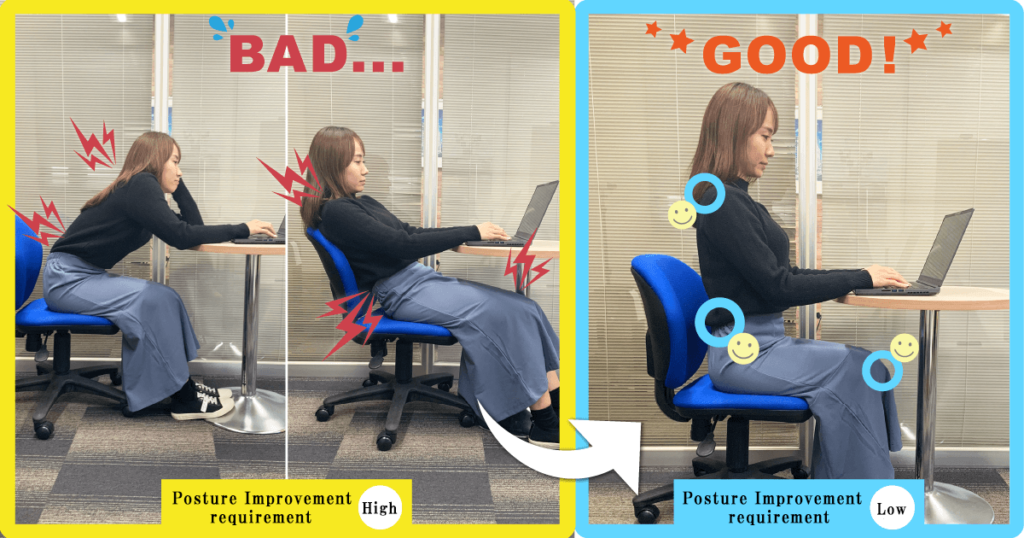
A widely used method internationally to measure the strain on the body is called the OWAS method.
What is the OWAS method?
The OWAS method is an analysis method for posture improvement developed in Finland to address issues related to working posture. It can be used to evaluate the overall workload on worker’s body, and is considered a major international system due to its established evaluation criteria.
Classification and evaluation table of posture using the OWAS method
In the OWAS method, work postures are captured based on four categories, classifies them into numerical codes and presents a table with all possible combinations.
The improvement level is determined as AC (Action Category), and which falls into the following four categories:
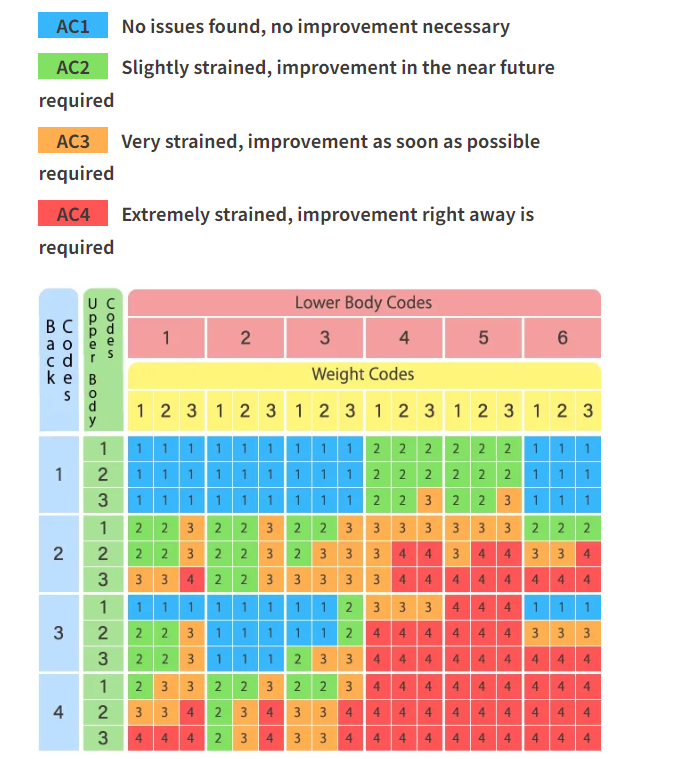
However, since this classification is based on human perception, it presents the following challenges.
Challenges using the OWAS method

Time-consuming and labor-intensive
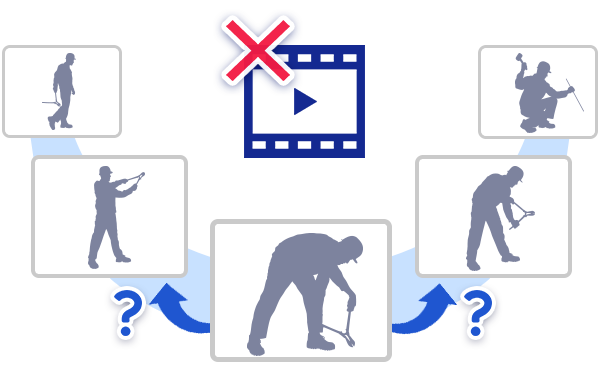
Judgment is based on just one scene, so it is not possible to evaluate the preceding and following motion
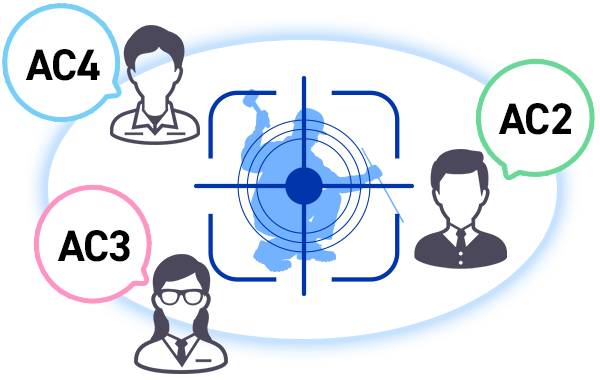
Results of the analysis may differ based on the evaluator’s know-how and perception
Even internationally recognized methods have plenty of challenges!
It would be convenient to have a method that allows for more efficient and quantitative evaluative while incorporating the OWAS method.
Newly developed VP-Ergono
VP-Ergono is the latest AI ergonomic evaluation system that can automatically detect and analyze the load workers are bearing from skeletal information in real time. It provides quantitative evaluation results using AI instead of qualitative judgments by evaluators. Using the internationally recognized posture evaluation system the OWAS method, our AI automatically visualizes the workload of workers, contributing to prevent occupational accidents by detecting potential physical strain, and improving posture and your work environment. VP-Ergono is essentially an AI OWAS.
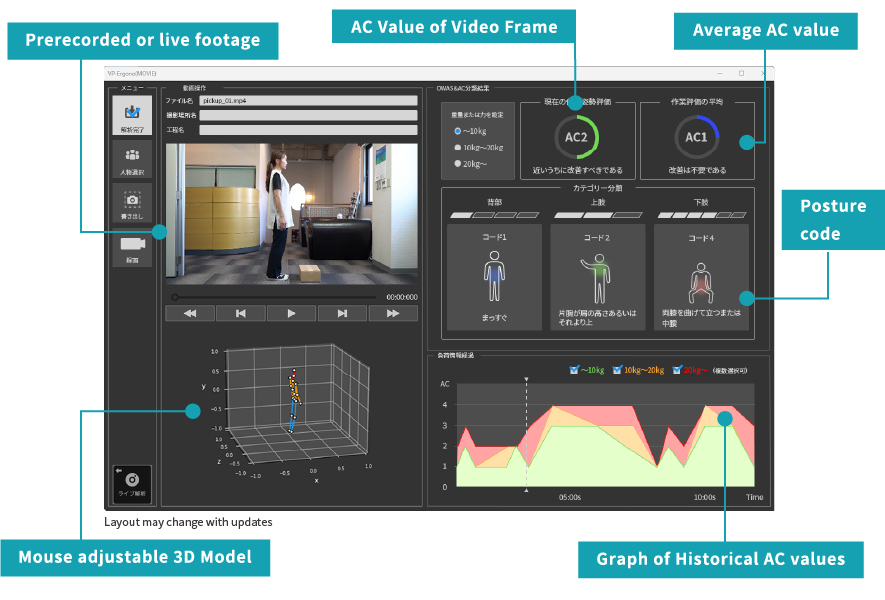
Features of VP-Ergono
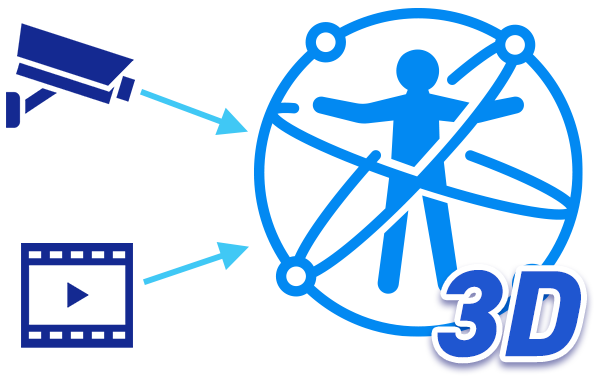
3D analysis of the entire skeleton from videos and camera images
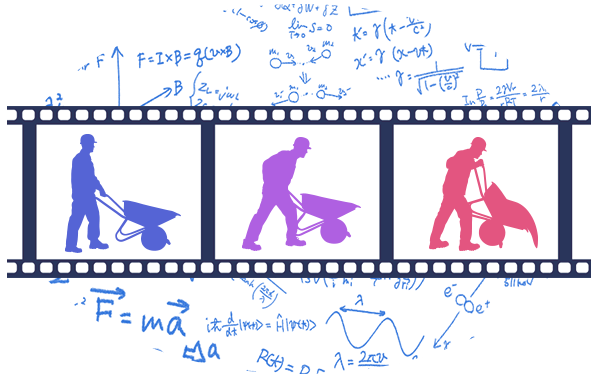
Analysis focused on ‘movement’ while accommodating changes in skeletal coordinates over time
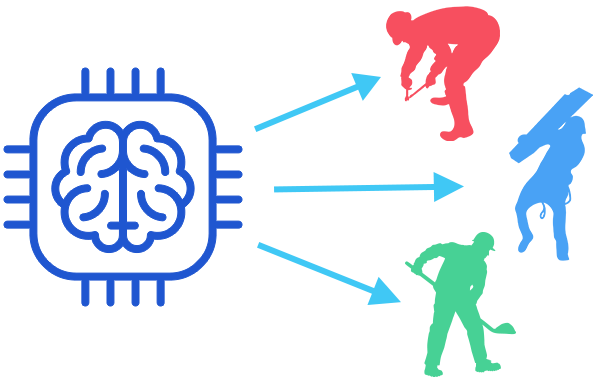
Automatic and quantitative analysis by AI without observer’s subjectivity
Usage Scenarios
Manufacturing (Improving strain at the assembly line and work environment)

On an assembly line, the workload for the same task may vary among workers. With VP-Ergono, obtaining concrete information enables evaluating whether excessive strain is placed due to poor postures. Furthermore, data obtained from VP-Ergono can be utilized to optimize the work environment from an ergonomic perspective, such as adjusting the height of workbenches and chairs. This minimizes strain during work, prevents work-related injuries, and contributes to maintaining the health of workers.
Construction (Discovering health hazards and simple posture improvements)
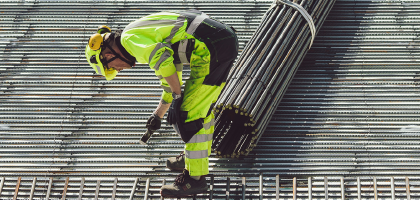
In the construction industry, where the average age is increasing as well, the lower back related pain accounts for 14% of all industries, and it is expected that this number will continue increasing.
By introducing VP-Ergono, which enables easy analysis of work evaluations conducted on-site, potential health issues can be detected at an early stage. This leads to improvements in creating an environment where workers can stay healthy and work for longer periods. Real-time posture improvement can be expected through easy and speedy evaluation by AI without burdening daily tasks.
Conclusion
The new VP-Ergono can detect skeletal information of workers in real time and is capable of quantitive load evaluation in real time using the OWAS method.
By addressing challenges of the internationally used OWAS method, such as the manual labor and variations in results based on the evaluator, it can be used for posture evaluation in various fields.
It will be released soon around the end of the April, so please wait for a while!
For further details, please check our website.
Connect with us on Twitter (X), Facebook,Website, Youtube, & Linkedin.


